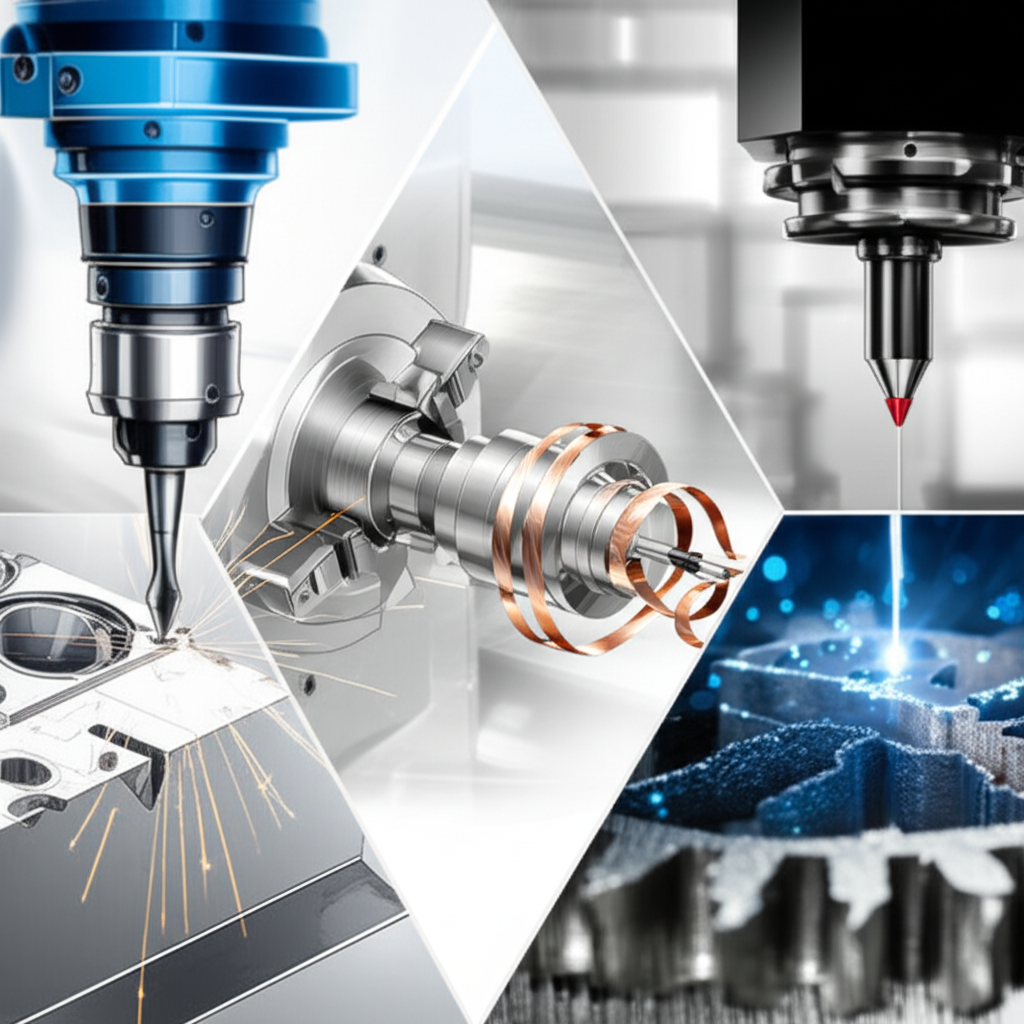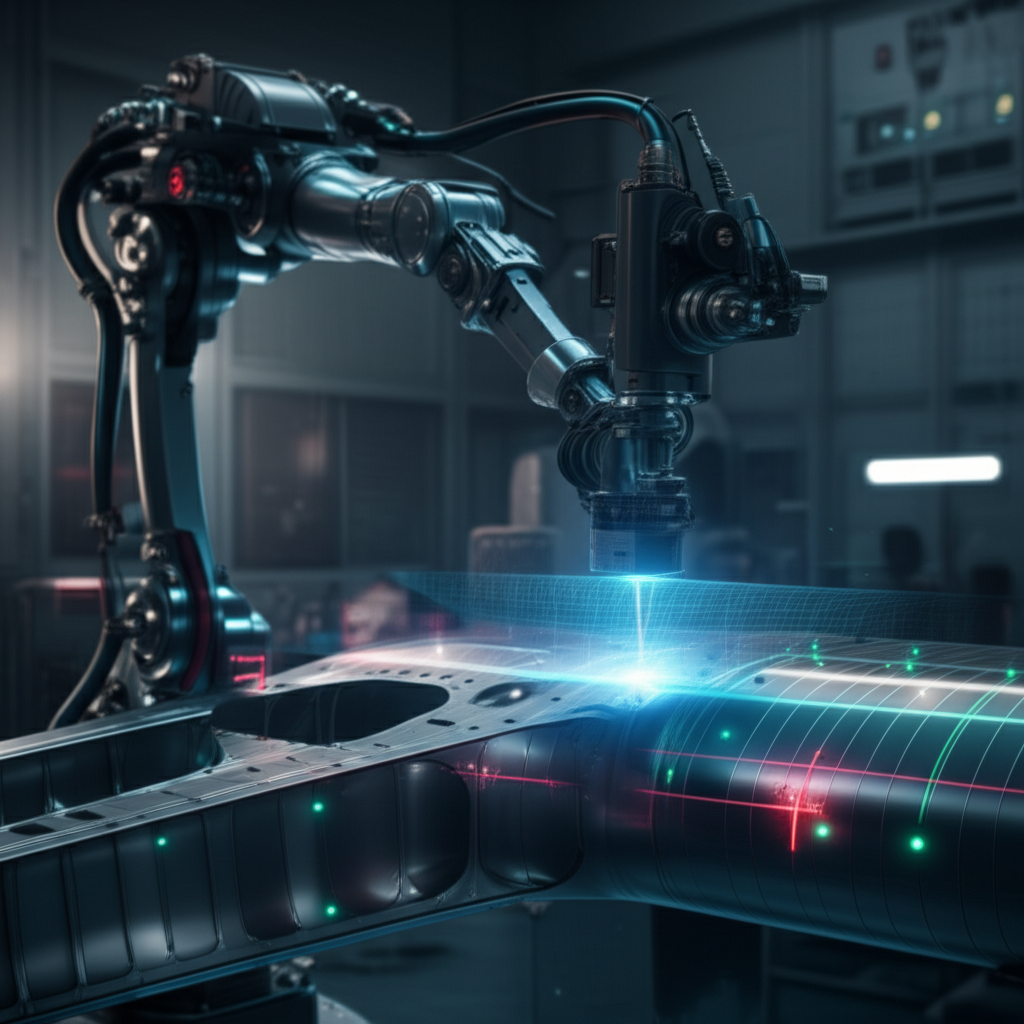Tight Tolerance Machining Services for Critical Industries

TL;DR
Tight tolerance machining services are a highly precise manufacturing process used to create components with extremely exact dimensions. This level of accuracy, often achieving tolerances of ±0.005 inches or tighter, is essential for the performance and safety of mission-critical parts. Industries such as aerospace, medical, and defense rely on these services to produce complex components that function flawlessly under demanding conditions.
Understanding the Fundamentals of Tight Tolerance Machining
In manufacturing, "tolerance" refers to the permissible limit of variation in a physical dimension of a part. Tight tolerance machining, therefore, is the process of manufacturing components where these variations are kept to an absolute minimum. While standard machining might work with tolerances around ±0.010", tight tolerance services push the boundaries of precision, often starting where standard capabilities end. This high-precision approach is not just a matter of preference; it is a fundamental requirement for industries where the slightest deviation can lead to system failure, compromised safety, or reduced performance.
So, what is considered a tight tolerance? According to industry resources, precision work often begins when dimensional requirements fall below ±0.005" (±0.13 mm). For highly critical applications, such as those in medical devices or aerospace, tolerances can be even more demanding, reaching ±0.001" or even into the sub-micron range. For instance, a part with a specified dimension of 1.000" and a tolerance of ±0.001" must be manufactured to be no smaller than 0.999" and no larger than 1.001". Achieving this level of accuracy requires a combination of advanced machinery, a controlled environment, and deep expertise.
The importance of this precision cannot be overstated. In the medical field, surgical instruments and implants must have exact dimensions to function correctly and safely within the human body. In aerospace, components for jet engines and control systems must fit together perfectly to withstand extreme temperatures and pressures. This level of precision ensures interchangeability of parts, reliable assembly, and the functional integrity of the final product. The table below illustrates the difference in scale between standard and tight tolerances.
| Tolerance Level | Typical Range (Inches) | Common Applications |
|---|---|---|
| Standard Machining | ±0.005" to ±0.010" | General structural components, housings |
| Precision Machining | ±0.001" to ±0.002" | Connector housings, valve bodies |
| Tight Tolerance Machining | ±0.0001" to ±0.0005" | Medical implants, aerospace engine parts |
| Ultra-Precise/Micromachining | Below ±0.0001" (sub-micron) | Surgical instruments, precision bearings |
Core Tight Tolerance Machining Capabilities
Achieving exceptionally tight tolerances requires a suite of advanced manufacturing processes. Top-tier machine shops utilize computer numerical control (CNC) technology to automate and control machine tools with incredible precision. This allows for the repeatable production of complex parts that would be impossible to create with manual techniques. Key services in this domain include CNC milling, turning, and Electrical Discharge Machining (EDM).
For projects requiring high-precision custom parts on an accelerated timeline, providers like XTJ offer rapid prototyping and volume production with lead times as short as three days. Their advanced 4 and 5-axis CNC machining centers can handle over 30 materials with tolerances down to +/- 0.005mm, ensuring components meet the most demanding specifications for industries from aerospace to medical.
CNC Milling
CNC milling uses rotating multi-point cutting tools to remove material from a stationary workpiece. This process is ideal for creating complex shapes, slots, holes, and flat surfaces. Modern multi-axis milling machines (such as 4-axis and 5-axis) can move the workpiece and the cutting tool along several axes simultaneously. This capability allows for the creation of intricate geometries in a single setup, which is crucial for maintaining tight tolerances by minimizing the potential for error that comes with repositioning the part.
CNC Turning
CNC turning involves rotating a workpiece while a single-point cutting tool is moved parallel to the axis of rotation. This method is used to create cylindrical parts with external and internal features like tapers, threads, and grooves. CNC lathes and turning centers provide exceptional accuracy for round components, which are common in automotive, defense, and industrial applications. Some advanced machines, known as mill-turn centers, combine both milling and turning capabilities to produce highly complex parts in one operation.
Wire EDM (Electrical Discharge Machining)
Wire EDM is a specialized process that uses an electrically charged thin wire to cut conductive materials. The wire acts as an electrode, and sparks erode the material to create the desired shape. As detailed by service providers like Chicago Cutting Die, this technique is capable of achieving tolerances as tight as 0.0002". It is particularly effective for cutting hard metals like tool steel or titanium and for creating intricate patterns, sharp internal corners, and features that are too delicate for traditional cutting tools.

Industries We Serve: Applications of Precision Machining
The demand for tight tolerance machining is driven by industries where performance and reliability are non-negotiable. The ability to produce parts that meet exacting standards is what makes modern technological advancements possible. From deep space exploration to life-saving medical procedures, precision components are the invisible heroes behind the scenes.
Medical and Life Sciences
The medical device industry is one of the most demanding sectors for tight tolerance machining. Components for surgical instruments, orthopedic implants, and diagnostic equipment must meet stringent FDA regulations and biocompatibility standards. As noted by specialists like Micron Solutions, materials such as titanium, cobalt-chrome, and medical-grade stainless steel are commonly used. The success of a knee replacement or a robotic surgery depends on the flawless function of components machined to tolerances measured in microns, ensuring perfect fit and long-term performance within the human body.
Aerospace and Defense
In aerospace and defense, components are subjected to extreme conditions, including high temperatures, immense pressure, and significant vibration. Parts for jet engines, missile guidance systems, and satellite communications must be both lightweight and incredibly strong. Tight tolerance machining ensures that these mission-critical components fit together seamlessly, maximizing fuel efficiency and guaranteeing operational reliability. As explained by Modus Advanced, materials like Inconel and titanium alloys are frequently machined to create parts that can withstand these harsh environments without failure.
Electronics and High-Tech
The world of electronics, from semiconductors to high-tech robotics, also relies heavily on precision manufacturing. Miniaturization requires incredibly small components with complex features. Connectors, heat sinks, and sensor housings must be machined with tight tolerances to ensure proper assembly and function. The precision of these parts directly impacts the performance and longevity of the electronic devices they are part of, making tight tolerance machining a critical element of the technology supply chain.

Ensuring Precision: Quality Control and Material Expertise
Manufacturing a part to a tight tolerance is only half the battle; verifying that it meets specifications is equally important. A robust quality control system is the backbone of any reliable tight tolerance machining service. This system encompasses everything from initial design review to final inspection, ensuring that every component delivered is dimensionally perfect. It's this commitment to quality that builds trust and mitigates risk for customers in critical industries.
Leading manufacturers utilize advanced metrology equipment to validate dimensional accuracy. Coordinate Measuring Machines (CMMs) are essential tools that can measure a part's geometry with sub-micron accuracy. These machines use a probe to take precise measurements of the part's surfaces, comparing the data against the original CAD model. This verification process ensures that all features, including complex geometric dimensioning and tolerancing (GD&T) callouts, are within the specified limits. As highlighted by providers like Xometry, the ability to inspect parts according to GD&T standards is a key capability for any high-precision shop.
Material expertise is another critical factor. Different materials behave differently during machining. For example, stainless steel tends to work-harden, while aluminum is susceptible to thermal expansion. An experienced machinist understands these properties and adjusts cutting speeds, feeds, and tool choices accordingly to maintain dimensional stability. The selection of the right material—be it titanium for its strength-to-weight ratio or a specialized polymer for its chemical resistance—is a crucial first step that impacts the entire manufacturing process. A true machining partner provides engineering support to help select the optimal material for both performance and manufacturability.
Finally, process control and certifications provide the framework for consistent quality. Standards like ISO 9001 and AS9100D ensure that a manufacturer has a documented, repeatable quality management system in place. This includes everything from material traceability to in-process inspections and final quality assurance checks. This systematic approach guarantees that whether a customer needs a single prototype or a full production run, the quality remains consistently high.
Frequently Asked Questions
1. Is 0.005 a tight tolerance?
Yes, ±0.005 inches (or ±0.13 mm) is generally considered the entry point for tight tolerance machining. While standard manufacturing processes can sometimes achieve this, it typically requires additional process controls, specialized tooling, and rigorous quality inspection to hold this tolerance consistently, especially across a production run.
2. How much does it cost to have something CNC machined?
The cost of CNC machining varies significantly based on several factors: part complexity, the type of material, the number of units being produced (volume), and the required tolerances. A simple part made from aluminum will be much less expensive than a complex, high-tolerance component made from titanium. Costs can range from under a hundred dollars for a simple prototype to thousands for intricate, low-volume parts.
3. Is 0.01 a tight tolerance?
A tolerance of ±0.010 inches is typically considered a standard, achievable tolerance for most modern CNC machines and does not usually fall into the category of "tight tolerance." High-precision work generally involves tolerances that are significantly smaller, often in the ±0.001" to ±0.0001" range, where manufacturing becomes much more challenging and costly.
-
Posted in
cnc machining services, custom parts manufacturing, high precision manufacturing, precision cnc, tight tolerance machining





